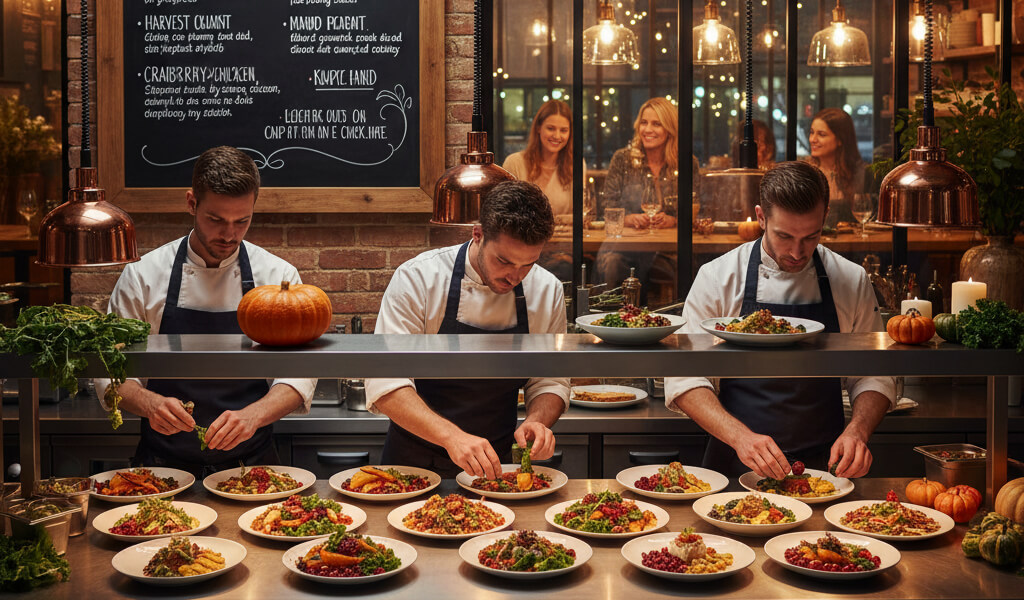October 06, 2025

Creating a seasonal menu is one of the most effective strategies for keeping your restaurant’s offerings fresh, relevant, and aligned with changing customer tastes. Beyond just swapping summer peaches for fall squash, seasonal menus allow you to tap into the psychology of novelty, create buzz, highlight local ingredients, and showcase your culinary team's creativity.
But a successful seasonal menu isn’t improvised — it’s built on a strategic foundation of data, branding, operations, and customer engagement.
Before rolling out any new dishes, it’s critical to understand whether your seasonal updates are actually driving revenue.
Start by tracking:
Restaurants that measure the return on investment (ROI) of their seasonal campaigns are better equipped to make decisions based on what works — not just what looks good on Instagram.
Dive into this topic with: How to Calculate ROI on Restaurant Marketing Campaigns
A seasonal menu should never feel out of place. Whether you run a rustic farm-to-table bistro or a modern fusion eatery, the new dishes must reinforce your brand’s tone, story, and personality.
For example:
Also consider your menu naming conventions, typography, plating style, and even the kind of language your servers use to describe new items — all of these contribute to brand cohesion.
Explore more in: Restaurant Branding 101: Why Your Online Identity Matters
Creating seasonal menus can be resource-intensive — especially when it comes to inventory planning and staff training. That’s where smart kitchen systems and connected restaurant tech come in.
Use technology to:
This kind of data-driven approach allows you to pivot faster and reduce waste, while keeping your seasonal offerings profitable.
Learn how tech supports this in: Smart Kitchens and How They Affect Restaurant Websites
Seasonal menus create natural opportunities to deepen customer loyalty.
Try this:
This exclusivity builds excitement, strengthens emotional ties to your restaurant, and drives repeat visits.
Get inspired by effective tactics in: Loyalty Programs That Actually Work for Restaurants
A seasonal menu is more than a culinary refresh — it’s a strategic business tool. When done right, it:
The key is blending creativity with data and digital tools. That’s how you keep your restaurant exciting to diners, operationally smooth behind the scenes, and profitable year-round.
Stay up to date with the latest tips, expert insights, product reviews, and step-by-step guides to help you grow, create, and succeed—no matter your industry or passion.